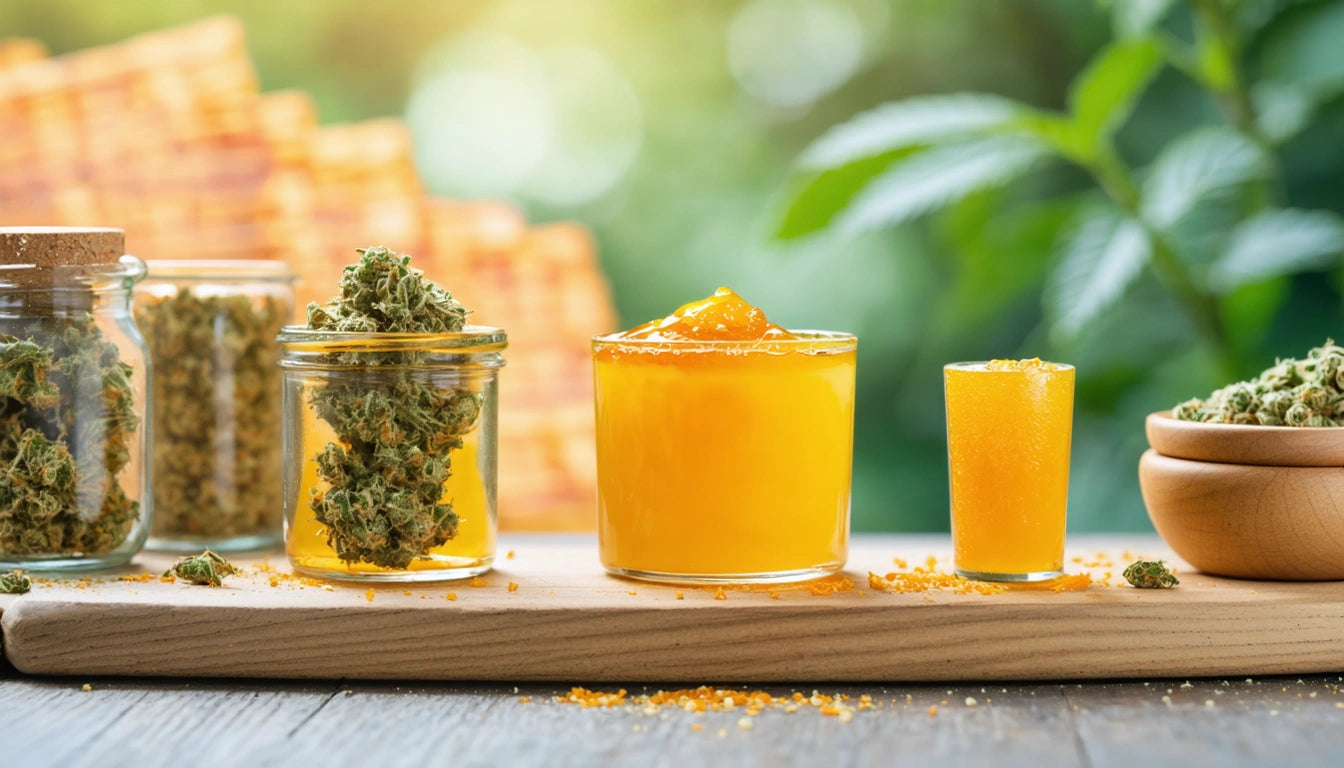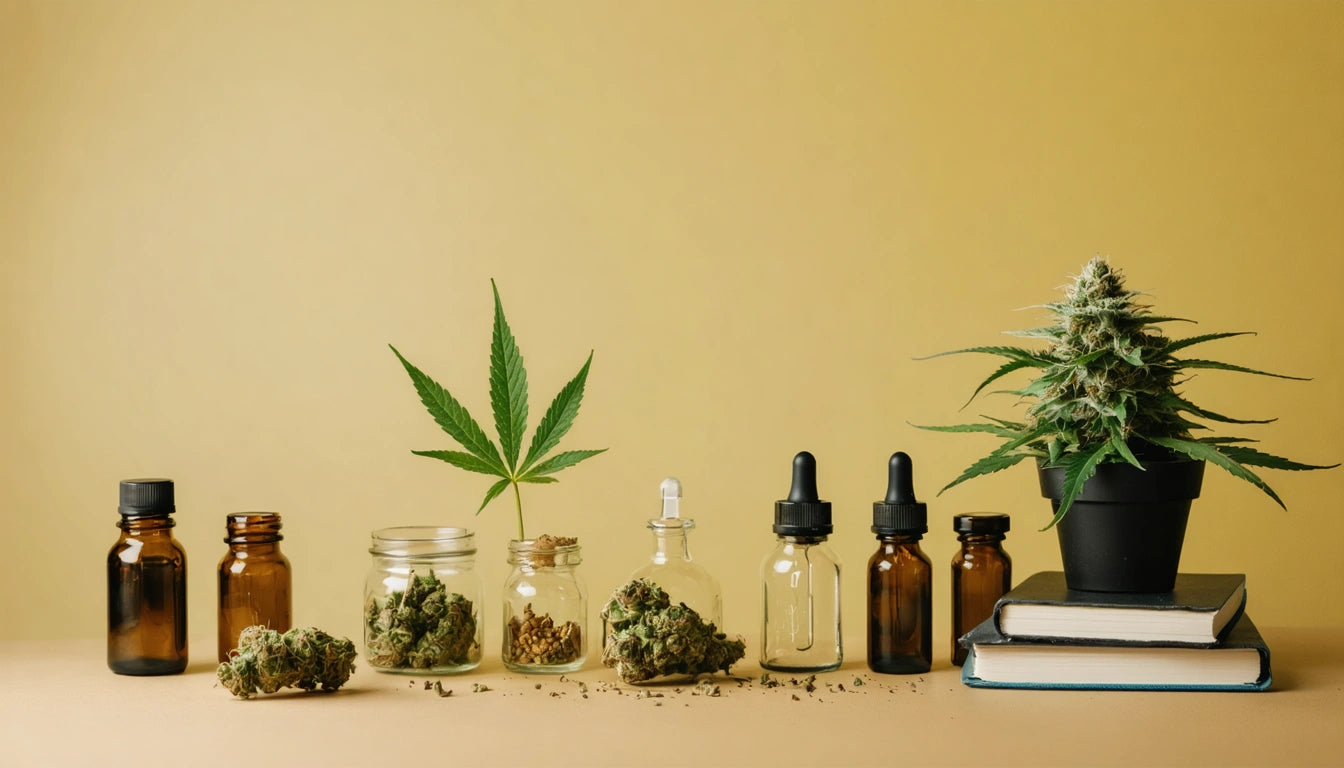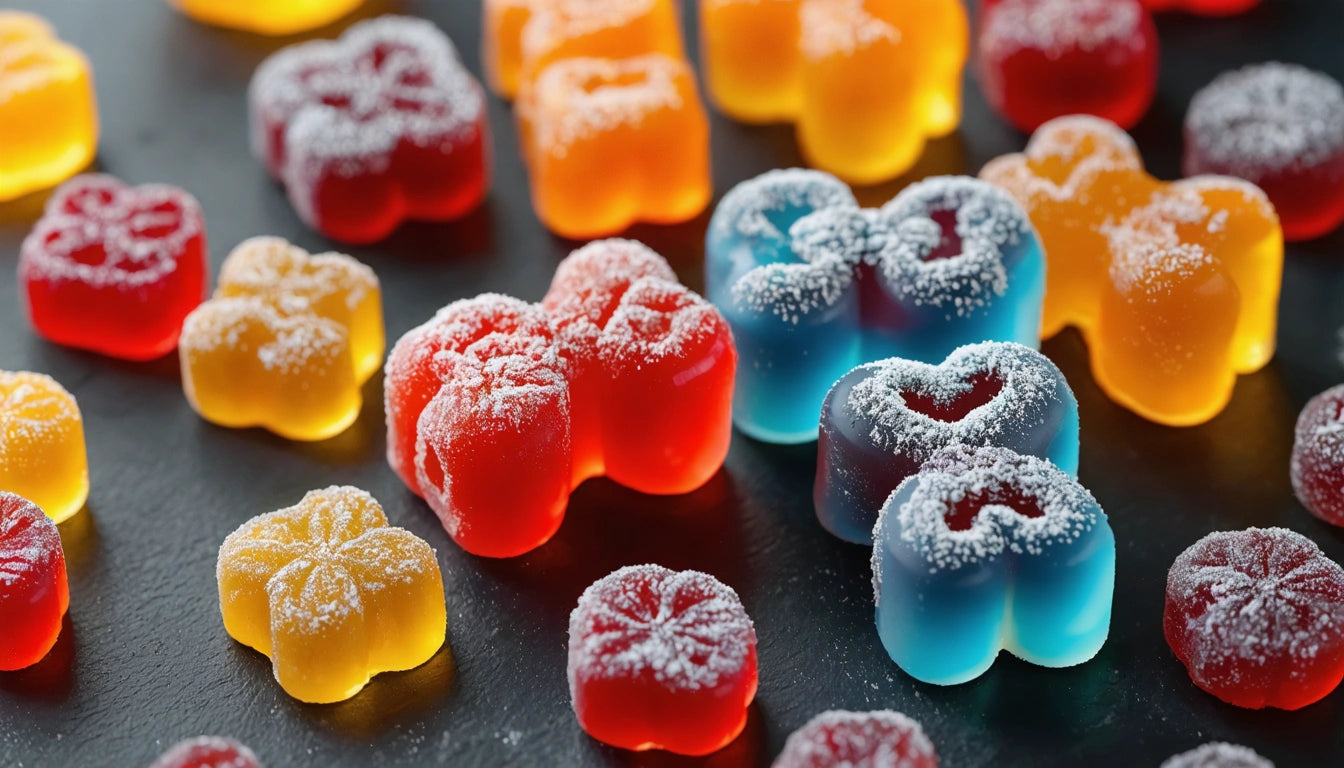Table of Contents
- What Are Dabs? Understanding Cannabis Concentrates
- Can You Eat Dabs? The Direct Answer
- Effects of Eating Dabs vs. Dabbing
- Making Edibles With Dabs: Proper Methods
- Safety Considerations When Consuming Concentrates
- Alternative Methods for Consuming Dabs
- The Future of Edible Concentrates: Trends and Innovations
Can You Eat Dabs? Understanding the Effects and Safety of Consuming Cannabis Concentrates
Cannabis concentrates, commonly known as dabs, have grown increasingly popular among cannabis enthusiasts for their potency and versatility. As these products become more mainstream, questions about alternative consumption methods naturally arise. One common question is whether you can eat dabs instead of smoking or vaporizing them. This comprehensive guide explores everything you need to know about consuming cannabis concentrates orally.
What Are Dabs? Understanding Cannabis Concentrates
Dabs are concentrated forms of cannabis that contain high levels of cannabinoids, particularly THC. These concentrates are produced through various extraction methods that separate the plant's essential compounds from the plant material. How dabs are made significantly impacts their consistency, potency, and appearance.
Common types of cannabis concentrates include:
- Shatter: Glass-like consistency that can break or "shatter"
- Wax: Soft, opaque material with a texture similar to ear wax
- Budder: Creamy, butter-like consistency
- Live resin: Made from fresh-frozen cannabis plants
- Rosin: Solventless extract made using heat and pressure
Traditionally, these concentrates are consumed through a process called "dabbing," which involves vaporizing the concentrate on a heated surface and inhaling the resulting vapor. However, many users wonder if there are alternative consumption methods, including eating dabs directly.
Can You Eat Dabs? The Direct Answer
The short answer is yes, you can physically eat dabs, but there are important caveats to consider. Raw cannabis concentrates contain THCA, the non-psychoactive precursor to THC. When cannabis is heated (through smoking, vaping, or cooking), THCA converts to THC through a process called decarboxylation, which is what produces psychoactive effects.
If you eat raw, unheated dabs, you'll likely experience minimal psychoactive effects because the THCA hasn't converted to THC. Additionally, the bioavailability of cannabinoids when consumed orally without a fat-binding agent is relatively low, meaning your body won't efficiently absorb the compounds.
Effects of Eating Dabs vs. Dabbing
When asking "can you get high from eating dabs," it's important to understand the different ways your body processes cannabinoids:
Inhaled cannabinoids enter the bloodstream through the lungs and reach the brain quickly, producing almost immediate effects that typically last 1-3 hours. Orally consumed cannabinoids must pass through the digestive system and liver (first-pass metabolism), resulting in:
- Delayed onset (30 minutes to 2 hours)
- Potentially stronger effects
- Longer duration (4-8 hours)
- Different psychoactive experience (the liver converts THC to 11-hydroxy-THC, which can produce more intense effects)
If you're wondering "what happens if you eat dabs," the answer depends largely on whether the concentrate has been properly prepared for oral consumption.
Making Edibles With Dabs: Proper Methods
If you're interested in making edibles with dabs, follow these essential steps:
1. Decarboxylation
First, you must decarboxylate your concentrate to convert THCA to THC:
- Place the concentrate on parchment paper on a baking sheet
- Heat in an oven at 220-240 °F (105-115 °C) for 20-25 minutes
- The concentrate should bubble as the decarboxylation occurs
2. Infusion with Fat
Cannabinoids are fat-soluble, so they need to bind with fats for efficient absorption:
- Mix the decarboxylated concentrate with butter, coconut oil, or another fat
- Heat the mixture gently (under 320 °F/160 °C to preserve cannabinoids)
- Stir until completely dissolved
3. Dosing Considerations
Concentrates are extremely potent, often containing 60-90% THC. When making edibles with dabs, start with very small amounts:
- Begin with rice-grain sized portions (approximately 25mg)
- Calculate total THC content based on the concentrate's potency
- Divide evenly into individual portions
Safety Considerations When Consuming Concentrates
When handling and consuming cannabis concentrates, safety should be a top priority:
Storage and Handling
Proper storage is essential for both safety and preserving potency. Our specialized child-resistant containers provide secure storage solutions that help keep concentrates away from children while maintaining product integrity.
Potential Risks
When considering if dabs are bad for you, be aware of these potential concerns:
- High potency can lead to overconsumption
- Delayed onset of edibles may cause users to consume more than intended
- Residual solvents in improperly purged concentrates
- Possible contaminants in unregulated products
Always source concentrates from reputable, licensed producers to minimize these risks.
Alternative Methods for Consuming Dabs
Beyond eating or traditional dabbing, there are several ways to consume concentrates:
Dablicators and Applicators
If you're wondering "can you eat dablicator" products, these syringe-like applicators often contain activated oil that can be consumed orally or added to food. Always check the product specifications to confirm if the oil is activated (decarboxylated).
Tinctures and Sublinguals
Some concentrates can be dissolved in alcohol or oil to create tinctures for sublingual (under the tongue) application, offering faster absorption than edibles but still avoiding inhalation.
Topicals
Concentrates can also be incorporated into topical preparations for localized relief without psychoactive effects.
The Future of Edible Concentrates: Trends and Innovations
The cannabis industry continues to evolve, with new technologies making concentrate-based edibles more accessible and precisely dosed. Current trends include:
- Nano-emulsified concentrates for faster onset times
- Water-soluble THC innovations improving bioavailability
- Pre-decarboxylated concentrates specifically formulated for edible production
- Terpene-preserved edibles that maintain strain-specific effects
As research advances, we'll likely see more sophisticated products that bridge the gap between traditional dabbing and edible consumption, offering consumers more options for enjoying cannabis concentrates safely and effectively.
Understanding how to properly consume dabs orally opens up new possibilities for medical and recreational users who prefer not to inhale cannabis. Whether you're making your own edibles or purchasing pre-made products, remember that proper preparation, dosing, and storage are essential for a safe and enjoyable experience.











Leave a comment
All comments are moderated before being published.
This site is protected by hCaptcha and the hCaptcha Privacy Policy and Terms of Service apply.